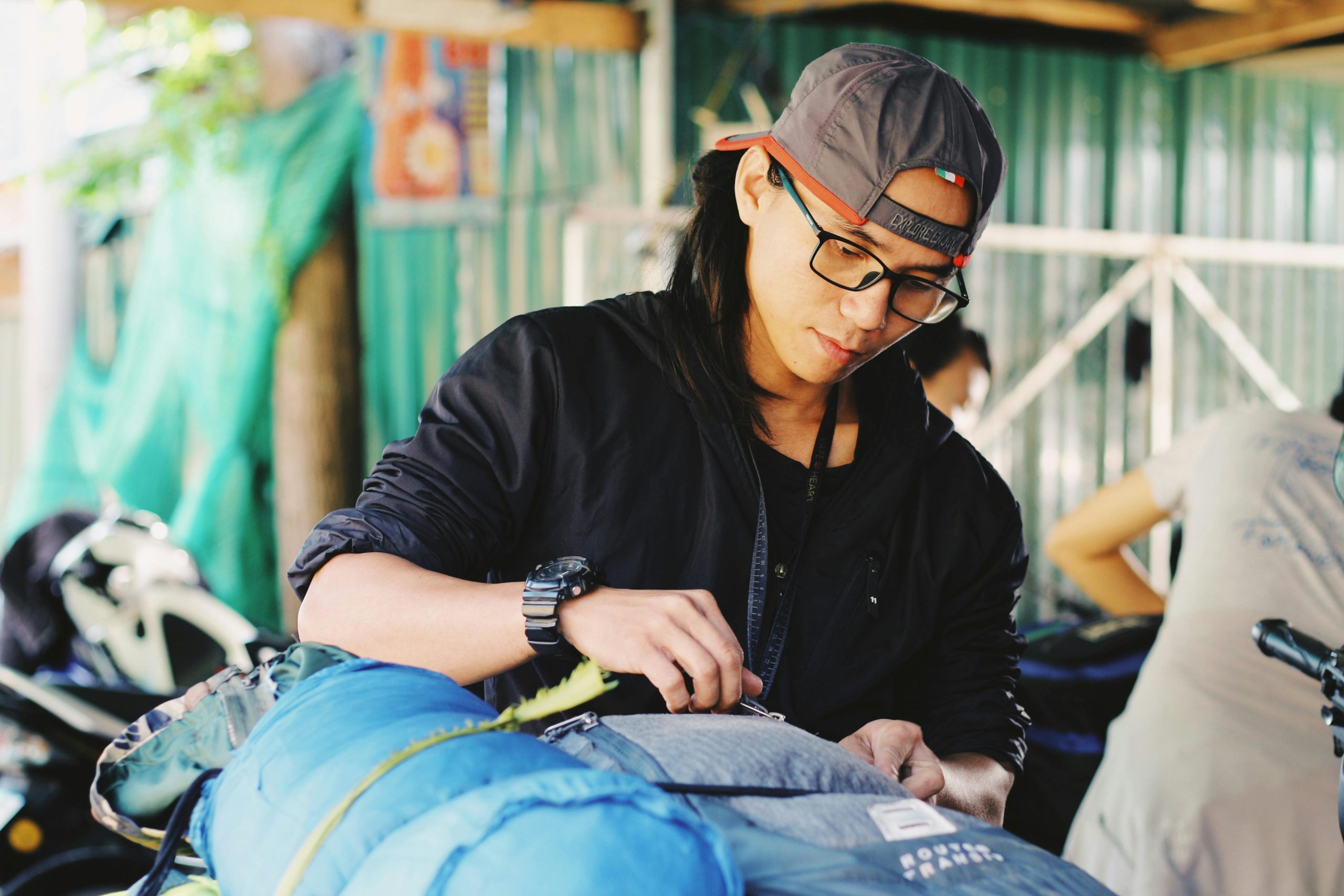Embarking on a multi-day hiking adventure is an exhilarating way to connect with nature, challenge yourself, and create unforgettable memories. However, proper planning and packing are crucial to ensure a safe, enjoyable, and stress-free experience. Whether you’re a seasoned hiker or a beginner, these essential tips will help you prepare for your journey into the wilderness.
Research and Plan Your Route
Before setting off, thorough research is key to a successful multi-day hike. Start by choosing a trail that matches your fitness level and experience. Consider factors like distance, elevation gain, terrain, and weather conditions. Use reliable sources such as national park websites, hiking forums, and guidebooks to gather information.
Key Considerations:
- Trail Difficulty: Assess whether the trail is suitable for your skill level.
- Permits and Regulations: Check if you need permits or if there are restrictions on camping or campfires.
- Water Sources: Identify reliable water sources along the trail and plan purification methods.
- Emergency Exits: Know alternate routes or exit points in case of unexpected challenges.
Once you’ve selected your trail, create a detailed itinerary. Share it with a trusted friend or family member, including your expected start and end times, camping spots, and emergency contacts.
Pack the Right Gear
Packing efficiently is critical for a multi-day hike. Every item should serve a purpose, and weight should be minimized without sacrificing safety or comfort. Here’s a breakdown of essential gear:
Shelter and Sleep System
- Tent or Shelter: Choose a lightweight, weather-appropriate option.
- Sleeping Bag: Opt for one rated for the expected temperatures.
- Sleeping Pad: Provides insulation and comfort on uneven ground.
Clothing
- Layering System: Pack moisture-wicking base layers, insulating mid-layers, and a waterproof outer shell.
- Extra Socks: Keep feet dry to prevent blisters.
- Hat and Gloves: Protect against sun, wind, or cold.
Food and Water
- High-Energy Snacks: Nuts, dried fruit, and energy bars are great options.
- Dehydrated Meals: Lightweight and easy to prepare with boiling water.
- Water Filtration: Bring a filter, purification tablets, or a UV purifier.
Navigation and Safety
- Map and Compass: Even if you use a GPS device, analog tools are reliable backups.
- First Aid Kit: Include bandages, antiseptic, pain relievers, and any personal medications.
- Multi-Tool or Knife: Useful for repairs and food preparation.
Test Your Gear and Fitness
Before your trip, test all your gear to ensure it’s in good condition and you know how to use it. Set up your tent, try your stove, and break in your hiking boots to avoid discomfort on the trail.
Physical Preparation
Multi-day hiking demands endurance. Start training weeks in advance with shorter hikes, gradually increasing distance and elevation. Focus on strengthening your legs, core, and cardiovascular fitness. If possible, train with a loaded backpack to simulate trail conditions.
Gear Shakedown
Conduct a “shakedown hike” – a short overnight trip to test your gear and packing system. This helps identify any missing items or unnecessary weight. Adjust your pack based on what works and what doesn’t.
Practice Leave No Trace Principles
Respecting the environment ensures that trails remain pristine for future hikers. Follow these Leave No Trace principles:
- Plan Ahead: Stick to established trails and campsites.
- Pack Out Trash: Carry all waste, including food scraps and toilet paper.
- Minimize Campfire Impact: Use a camp stove instead of making fires.
- Respect Wildlife: Observe animals from a distance and store food securely.
Final Checks Before You Go
In the days leading up to your hike, double-check everything:
- Weather Forecast: Adjust your gear and clothing accordingly.
- Gear Repairs: Fix any issues with your equipment.
- Food and Water: Ensure you have enough for the entire trip plus extra in case of delays.
- Emergency Plan: Review your itinerary and emergency contacts.
By taking the time to plan meticulously, pack thoughtfully, and prepare physically, you’ll set yourself up for a rewarding and safe multi-day hiking adventure. The wilderness awaits – happy trails!
